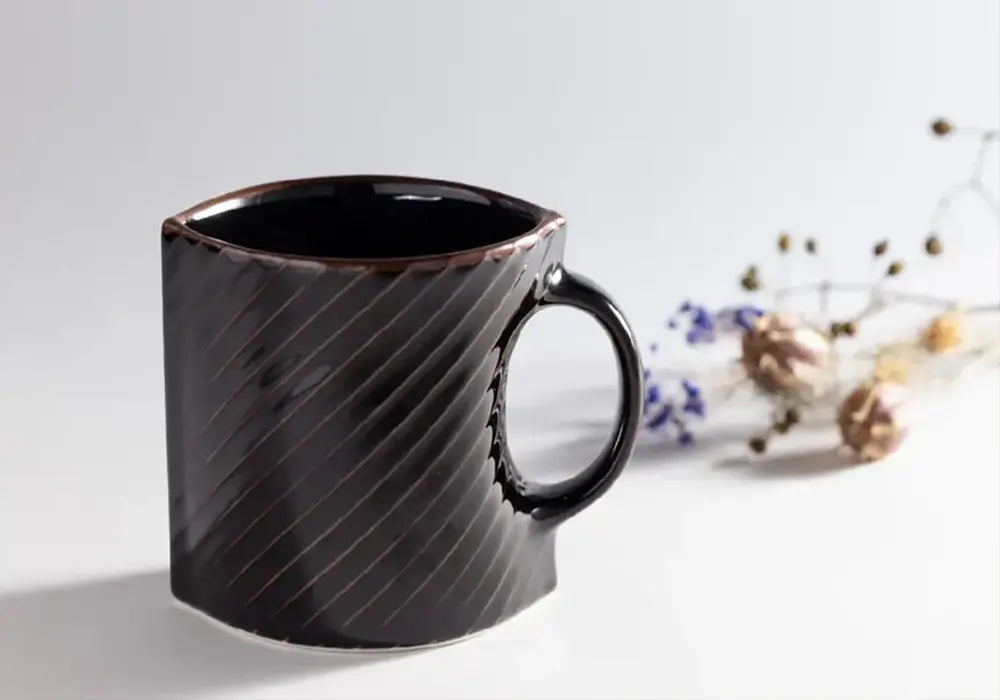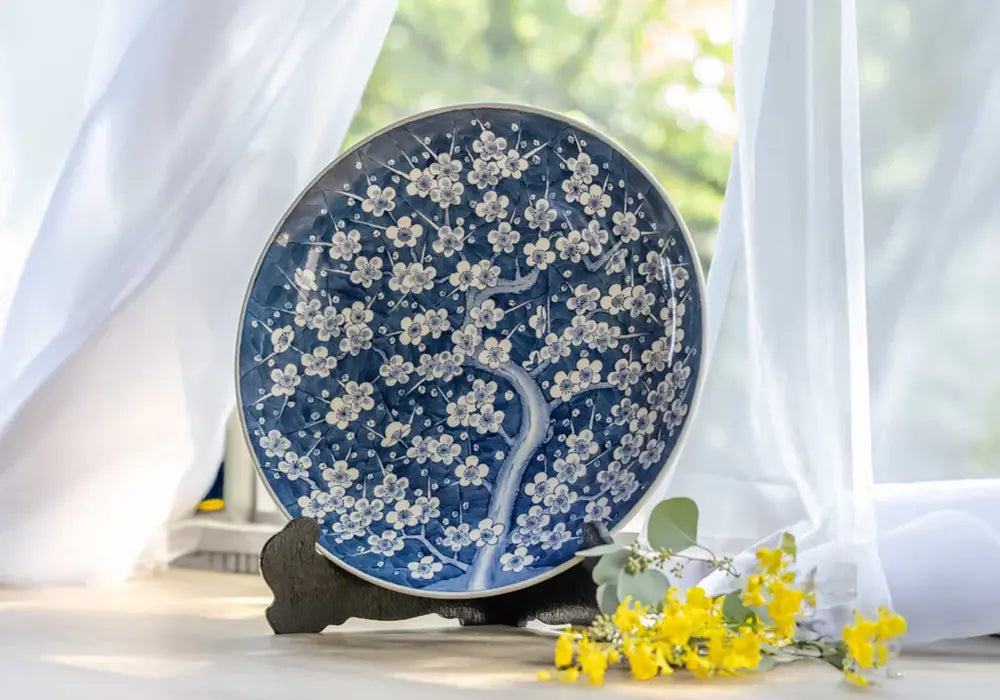The Production Process of Japanese Pottery and Porcelain
Japanese pottery and porcelain have captivated people worldwide with their beauty and quality. In this blog, we will delve into how Japanese pottery is made, exploring its production process, traditional techniques, and the charm of handmade craftsmanship. By understanding the depth of Japanese ceramics, we hope you will appreciate their true value.
Table of Contents
-
Selection and Preparation of Clay
- How to Choose High-Quality Clay
- Methods for Preparing Clay
- Key Points for Kneading Clay
-
Shaping Techniques
- Wheel-Throwing (Hand-Operated and Electric Pottery Wheels)
- Hand-Building Techniques
- Press Molding
- The Importance of Artisan Skills
-
Drying and Trimming
- Key Points in the Drying Process
- Purpose and Techniques of Trimming
- Preventing Cracks
-
Bisque Firing
- Purpose and Temperature Control of Bisque Firing
- Strengthening Through Firing
- Preparation for Glazing
-
Glazing
- The Role and Types of Glaze
- Application Methods (Dipping, Brushing, Spraying)
- Glaze and Color Expression
-
Main Firing
- The Significance of High-Temperature Firing
- Enhancing Strength and Beauty
- Formation of the Glassy Surface
-
Painting and Finishing
- Painting Techniques and Design Aspects
- Fixing the Painting Through Re-Firing
- Quality Inspection of the Finished Product
-
Conclusion
- The Profound World of Japanese Pottery and Porcelain
- The Value of Handmade and Traditional Techniques
- The Appeal of Incorporating Ceramics into Daily Life
1. Selection and Preparation of Clay
The selection and preparation of clay are the first steps in making Japanese pottery. Choosing the right clay and finely crushing it to remove impurities is essential. High-quality clay determines the strength and beauty of the final ceramic piece, making this process extremely important. By kneading the clay with water until it becomes smooth and uniform, it becomes easier to shape.


2. Shaping Techniques
Clay is shaped using either a hand-operated or an electric pottery wheel. The technique of shaping the clay while spinning the wheel requires the experience and skill of a seasoned artisan. In addition to wheel-throwing, other shaping techniques include hand-building and press molding. These methods help create the basic form of the piece, preparing it for the next stage of the process.

3. Drying and Trimming
Once shaped, the pottery is dried. During this stage, trimming is performed to refine the shape. Trimming is a crucial step that ensures uniform thickness and smooth surfaces. The drying process takes time, as rapid drying can lead to cracks, making careful control necessary.

4. Bisque Firing
Bisque firing is the process of firing the pottery at a low temperature. This step strengthens the piece and prepares it for glazing. The temperature for bisque firing typically ranges between 800°C and 900°C, ensuring that all moisture is removed and the shape is stabilized. Through bisque firing, the surface becomes suitable for an even application of glaze.
5. Glazing
Glaze is applied to the pottery, adding color and patterns. In addition to enhancing the aesthetic appeal, glaze forms a glassy coating that protects the surface. Various glazing methods include dipping, brushing, and spraying, allowing for different artistic expressions depending on the artisan’s technique.
6. Main Firing
The high-temperature main firing is the final step that gives the pottery its strength and beauty. Typically fired at temperatures between 1,200°C and 1,300°C, this process melts the glaze, forming a glass-like layer and completing the ceramic piece. This stage ensures that the pottery becomes hard and durable.

7. Painting and Finishing
The final decoration and finishing touches are applied. Painting is sometimes done after glazing, with each piece carefully hand-painted by artisans, creating unique designs and individuality. After painting, a second low-temperature firing is conducted to fix the design onto the ceramic surface, resulting in a beautifully finished product.

8. Conclusion
Japanese pottery and porcelain continue to captivate people worldwide with their beauty and quality. The production process involves multiple intricate steps, from clay selection and preparation to shaping, drying, bisque firing, glazing, main firing, and final painting and finishing. Each stage reflects the expertise and traditions of skilled artisans, resulting in durable and aesthetically refined ceramics. By appreciating Japan’s traditional techniques and the charm of handmade pottery, you can incorporate these beautiful works into your daily life. Understanding the pottery-making process allows for a deeper appreciation of its value and artistry.


